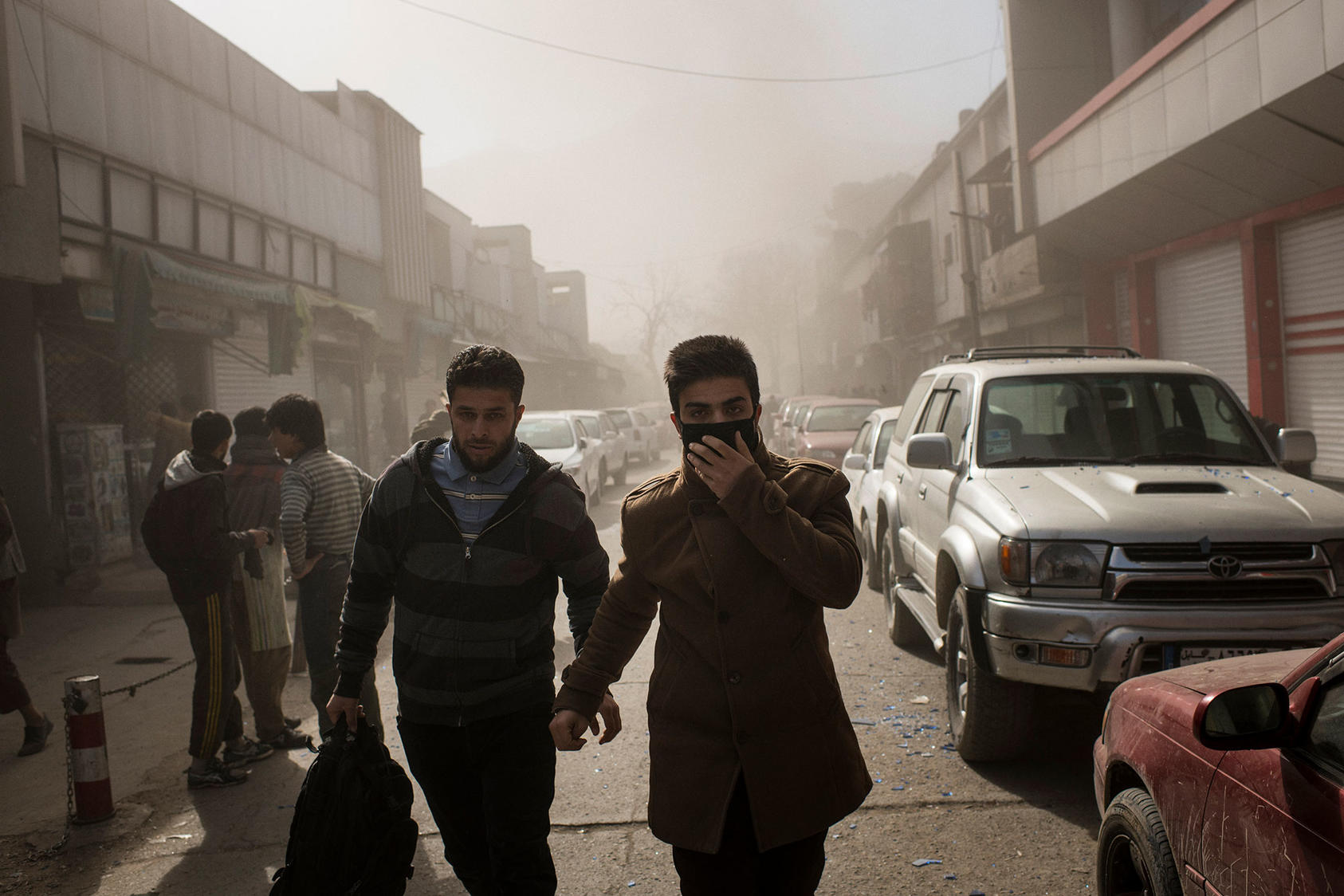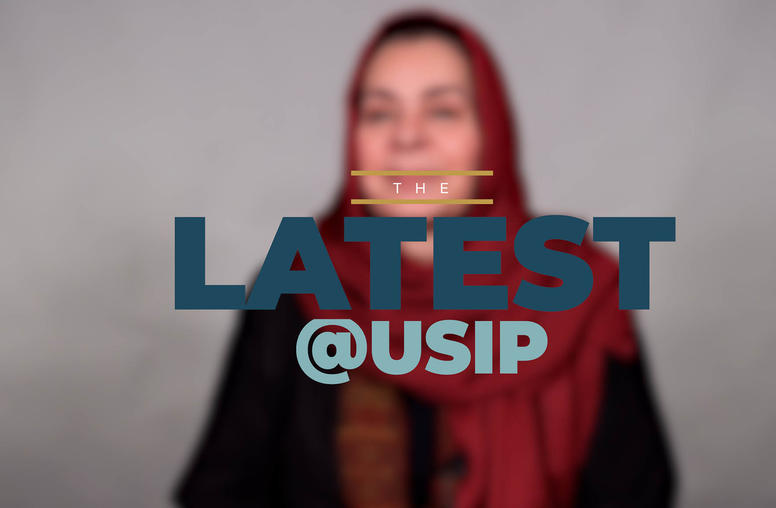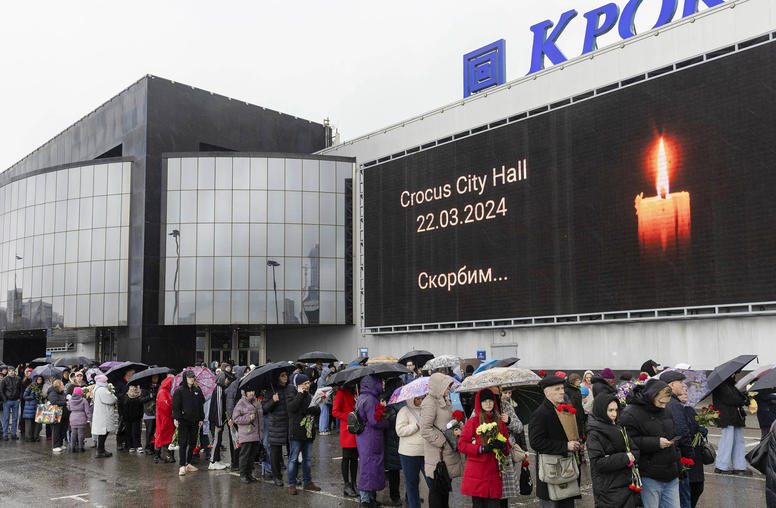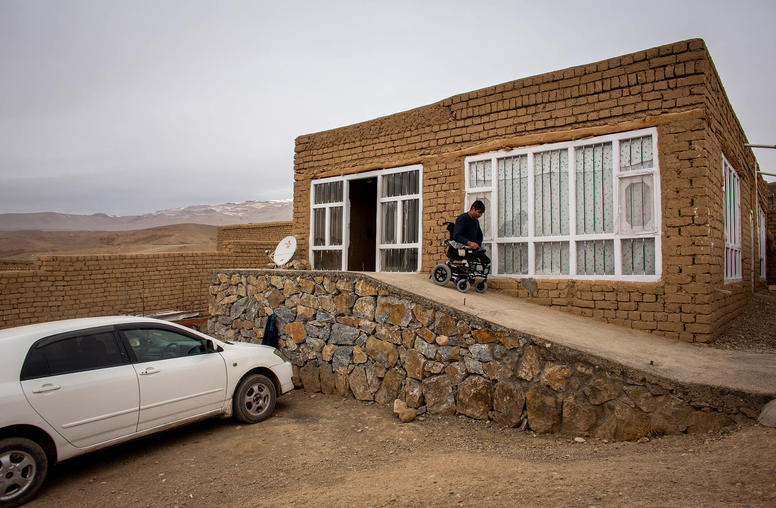What’s Behind the Spike in Deadly Terror Attacks in Afghanistan?
USIP Expert Andrew Wilder
In Afghanistan, a string of attacks has killed more than 130 people and wounded more than 300 in just over a week. Bombings and gun battles jarred a busy downtown block near a government hospital, an international hotel, a military training academy, and the global charity Save the Children. The attacks aim to drive a wedge between Afghanistan’s government and its people, according to Andrew Wilder, USIP’s vice president for Asia programs and a longtime Afghanistan specialist.

Who do you think is behind these attacks and what do they aim to achieve?
The Taliban have claimed responsibility for two of the most recent attacks, and ISIS for the other two, although these claims can’t always be taken at face value.
The U.S. administration has given Gen. John Nicholson, its commander in Afghanistan, increased authority to target the Taliban in Afghanistan and step up U.S. air strikes against them. Given this pressure, it’s not surprising that the Taliban are shifting from more conventional warfare tactics of trying to overrun district and provincial capitals and holding territory, to more asymmetric tactics such as terror attacks and increased use of IEDs.
These terror attacks in major Afghan cities are designed in part to create a wedge between the Kabul government and the people of Afghanistan. Since the number one expectation of citizens is that their leaders will provide basic security to protect them, the Taliban are trying to delegitimize the government in the eyes of the people.
It’s worth noting that, after a major truck-bomb attack in Kabul last year, people not only condemned the Taliban, but there were also anti-government demonstrations — and we may see similar protests after these horrific attacks.
Why are these attacks so difficult to prevent?
Suicide bombings are effective instruments of terror precisely because they are so difficult to stop — especially if targets are defenseless civilians.
Good intelligence can and has prevented many such attacks in Kabul and elsewhere, but along with the sharp drawdown of international forces during the latter years of the Obama administration, there was also a shifting of many of the intelligence, reconnaissance and surveillance (ISR) assets from Afghanistan to the fight against ISIS in Syria and Iraq.
This had a negative impact on the ability of Afghan and U.S. security agencies to collect intelligence that in the past had helped prevent some terrorist attacks.
With ISIS now posing less of a threat in Iraq and Syria, and the Trump administration’s policy of modestly increasing troop numbers and military assistance to Afghanistan, some of these ISR assets are likely to be redeployed back to Afghanistan. Hopefully this will help reduce the number of these devastating suicide bombings in major urban areas in the future.
How should the United States and its allies respond?
In the short term, the United States can help prevent attacks by beefing up intelligence efforts and strengthening the capacity of Afghanistan’s intelligence agency, the National Directorate of Security. In the longer-term, however, the Afghan government must also prioritize measures to boost its legitimacy.
At the top of this list are efforts to reduce government corruption, scale back government infighting, improve the security forces, and hold credible parliamentary and presidential elections.
Next year’s presidential elections are particularly crucial. They must be relatively free and fair and result in a legitimate executive branch of government. Precisely because of their importance in legitimizing the Afghan government the Taliban can be expected to do everything they can to prevent them from happening.



